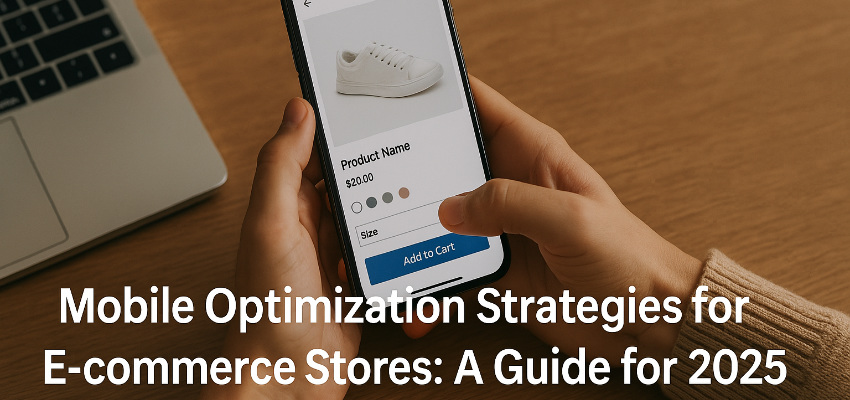Show:
Gaining the Edge: How UX Design Gives Your App a Competitive Advantage
User experience (UX) design has become more important for producing effective digital goods in the ever changing tech industry. This article will discuss the idea of UX design, its principles, how it varies from UI design, advice for getting the best outcomes possible while designing an app, and advice on how to pick the best UX design agency for your project. So let’s dig in and learn the UX design secrets!

Understanding UX Design
User experience design, or UX design, enhances usability and interaction to maximize user happiness. It focuses on the subtleties of human-computer interaction rather than just aesthetics. UX design creates seamless journeys by taking into account every facet of the user’s experience. User research, information architecture, wireframing, and prototyping are all part of the process.
In the digital space, UX design improves user happiness. To develop outstanding experiences, it blends research, empathy, and iterative design. UX designers may create memorable digital products that give consumers control by using a user-centered approach and upholding simplicity and consistency.
Principles of UX Design
1. Putting Users First: Understanding users’ requirements, habits, and preferences is important to UX design. Design professionals may produce user-friendly interfaces that fulfill consumers’ expectations and objectives by empathizing with them.
2. Clarity and Simplicity: A great user experience depends on keeping things clear and uncomplicated. The software is more user-friendly thanks to its simple navigation, clear content, and easy interactions, which also lessen cognitive burden.
3. Consistency: Users can use the app with ease thanks to consistency in design components like colors, font, and layout. Consistent interactions and feedback help users develop a sense of trust and help them forecast system behavior.
UX Design vs. UI Design: Spotting the Differences
Two crucial components of digital design are UI and UX design. Despite their tight ties, they play separate roles in determining the user experience. Here is a breakdown:
UX Design: Focusing on User Experience
Understanding user needs, habits, and preferences helps UX designers maximize the entire user experience. Information architecture, interface design, research, and usability testing are all part of it. The objective is to develop user-satisfying, seamless experiences that support their objectives.
UI Design: Enhancing Visual Appeal
The visual elements of a digital product are the main emphasis of UI design. It places a focus on designing user-friendly interfaces with eye-catching visuals. Color schemes, typography, visual hierarchy, and the interface’s general aesthetics are all worked on by UI designers. To make sure the visual design is in line with user experience objectives, they work together with UX designers.

Getting the Best Results with App Design
1. Recognize User Needs: Start by doing in-depth user research to learn about the preferences, problems, and expectations of your target audience. This information will direct your design choices and assist you in producing an app that successfully satisfies their demands.
2. Develop fictitious representations of your target consumers, taking into account their characteristics, motives, and activities. Personas act as a point of reference for the whole design process, ensuring that users are always kept in mind.
3. Prototype and iterate: Design is an iterative process, and prototyping is essential for honing the user experience. Create interactive prototypes and low-fidelity wireframes to test ideas and get user input early on, allowing for well-informed design changes.
4. Test and iterate once more: Usability testing is essential for locating problems and potential areas for development. Observe how people use your app, get their comments, and make changes depending on what you learn. An outstanding user experience can only be attained via constant improvement.
Choosing the Right UX Designer
The success of your project is significantly impacted by your choice of UX designer. Think about the following elements:
1. Experience and Portfolio: Consider the designer’s background, past work, and industry knowledge. Look for proof that they can produce simple, user-focused designs.
2. Collaboration and communication: A seamless design process depends on effective collaboration. Make sure the designer is good at communicating, paying attention, and comprehending the needs of your project.
3. Problem-Solving Skills: UX design frequently requires overcoming difficult obstacles. Look for a designer who can think critically, solve problems, and apply creativity to develop solutions.
4. User Research Skills: A knowledgeable UX designer can efficiently acquire information, pinpoint user requirements, and align design choices in accordance with those demands. Look for proof of their ability to do user research.
The Relevance of UX Design for App Development
The importance of UX design in the quick-paced and fiercely competitive world of app development cannot be emphasized. It has changed the way we engage with digital items and had an impact on the popularity of applications in the market. Let’s delve deeper into the benefits of UX design and why it’s so important for app development.
1. Improved User Satisfaction and Engagement
Enhancing user happiness is the primary objective of UX design. UX designers work to satisfy the requirements and expectations of app users by implementing user-centered design principles and emphasizing the development of intuitive and seamless experiences. Users are more satisfied and engaged with an app when they feel it to be visually appealing, intuitive to use, and functional.
Users may do activities quickly and effectively with the aid of a well-designed user interface and meaningful interactions. Whether it’s a productivity tool, social networking platform, or retail software, a good user experience encourages people to spend more time there, discover its features, and eventually convert to devoted users..

2. Higher Conversion Rates and Business Success
Conversion rates are a crucial success factor in the world of app development. Conversions may include making a purchase, registering for a service, or carrying out an app-requested activity. Higher conversion rates are mostly driven by UX design.
Users are more likely to go forward in the conversion funnel when they come across a smooth and understandable user interface. A well-designed software leads users down a direct and logical path, reducing friction and other potential roadblocks that can prevent them from carrying out their intended tasks. UX design boosts conversion rates and helps the app succeed by streamlining procedures, minimizing stages, and guaranteeing a great overall experience.
3. Competitive Advantage and Differentiation
Making a name for yourself in a congested industry where several applications compete for consumers’ attention is essential. Your software stands out and provides you a competitive advantage thanks to a greater user experience. Users are more inclined to select an app that gives a remarkable experience, one that is simple to use, appealing to the eye, and pleasant.
UX designers learn about consumers’ pain areas, preferences, and habits through thorough user research. With this information, businesses may develop distinctive and cutting-edge solutions that successfully meet the demands of users. User experience (UX) designers may develop a distinctive experience that connects with people and wins their attention and loyalty by utilizing user insights and incorporating them into the design process.
4. Enhanced Brand Perception and Customer Loyalty
A well-done UX design enhances not just the app experience but also has a beneficial effect on how your brand is seen in general. Users connect a well-designed and reliable brand with a seamless and enjoyable user experience. UX designers build good emotional connections between users and the app, creating trust and loyalty, by addressing user requirements and designing with empathy.
Users are more likely to become brand champions and provide favorable reviews for your app when they have a good experience with it. Positive app store reviews and word-of-mouth recommendations may have a big influence on your app’s exposure and performance.
Conclusion
UX design is essential to the development of apps because it makes it possible to create user-centered, simple, and enjoyable digital experiences. You can guarantee the success of your app by comprehending the fundamentals of UX design, differentiating it from UI design, adhering to best practices, and choosing the ideal UX designer. Utilize UX design to engage people, build brand loyalty, and promote business expansion in the digital sphere.
Recall that excellent UX design is the foundation of a successful app experience!

 Return to Previous Page
Return to Previous Page








